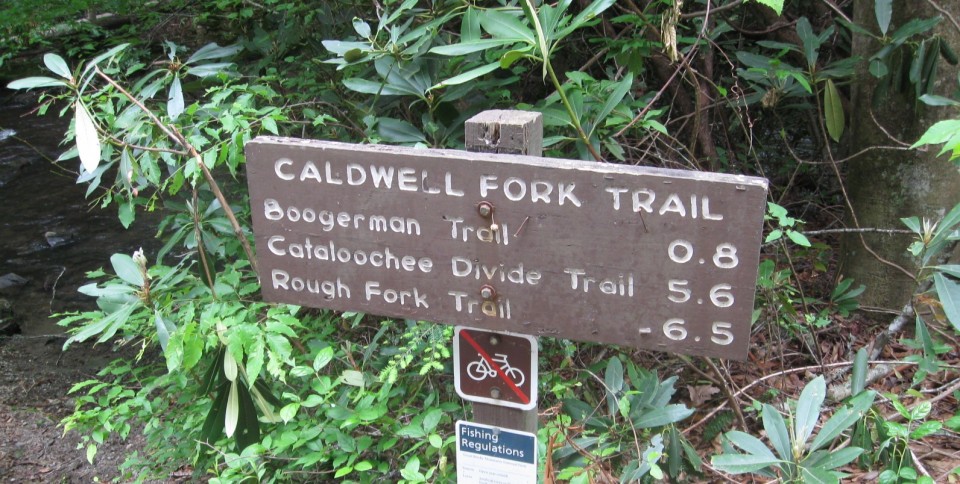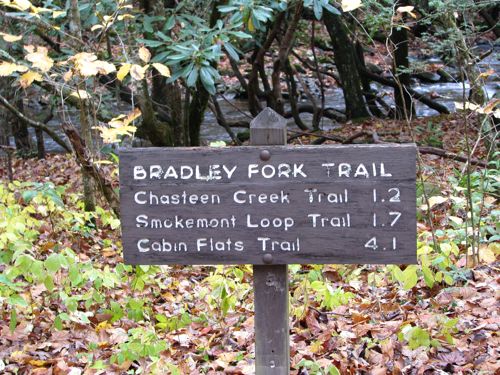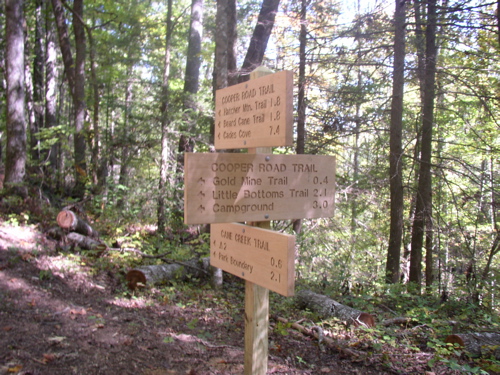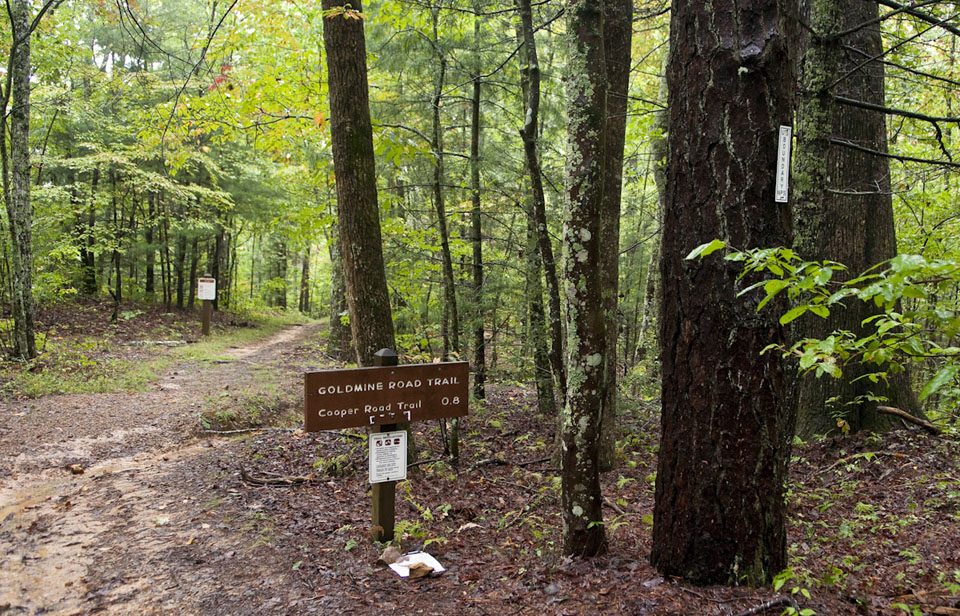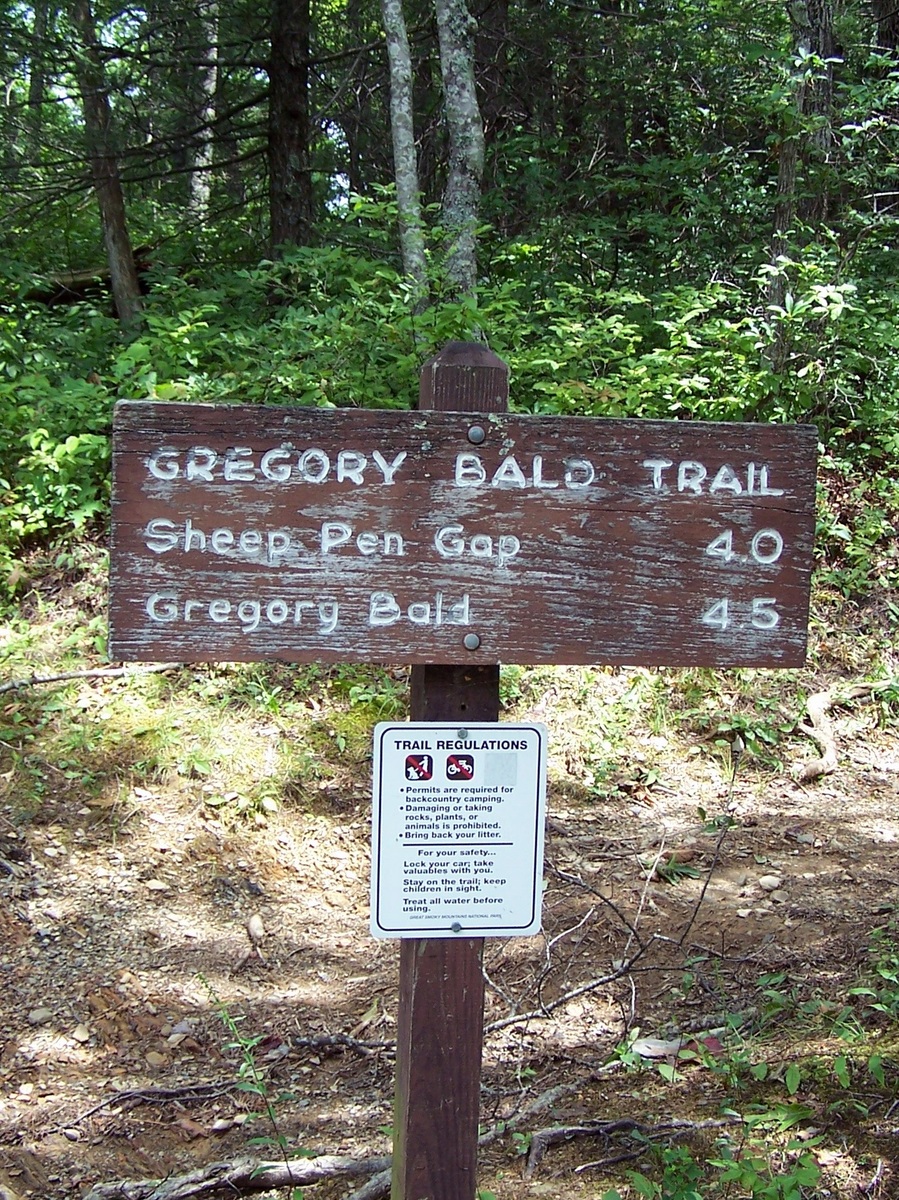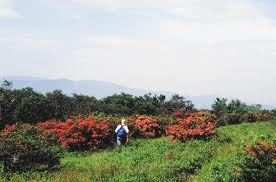The Boulevard Trail to Mount LeConte is one of the more popular trails in the Gatlinburg area and rightfully so. In all, the trail runs 5.4 miles (10.8 miles roundtrip) from the Appalachian Trail to the summit of Mt. LeConte.
For most, the easiest route to the junction with the Appalachian Trail is by Newfound Gap and hiking the trail for 2.7 miles until its meeting with the Boulevard Trail.
About 10 or so minutes into the trail, you come to “The Jumpoff”. If this were the Matrix, you’d be asked to choose between the blue and the red pill. What that means for those of you who haven’t seen the movie is that you have a choice. One trail leads to a mile loop, or you can just carry on on the Boulevard Trail.
Hikers will pass the Walker Camp Prong stream further on the trail. At the 1 mile mark, you’ll notice the first overlook from The Boulevard’s crest.
It’s said that once you reach the crest of the Anakeesta Ridge you’ll more than likely be ready for a bit of R & R. This area of the trail is also known for its iron pyrite, or fool’s gold. So if you stumble upon something shiny, don’t get too excited, it’s likely fool’s gold.
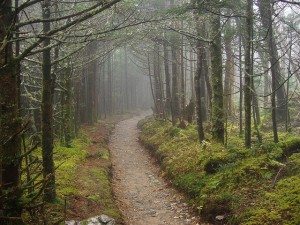 Alum Gap is approached after descending Anakeesta’s Ridge followed by the long ascent to Mount LeConte. Along the left side of the trail views of Alum Cave Bluffs come into view as well as Huggins Hell if you look hard enough. During the summer, this is a good place to find plant species like St. John’s-wort.
Alum Gap is approached after descending Anakeesta’s Ridge followed by the long ascent to Mount LeConte. Along the left side of the trail views of Alum Cave Bluffs come into view as well as Huggins Hell if you look hard enough. During the summer, this is a good place to find plant species like St. John’s-wort.
The trail leads around the eastern side of Mount LeConte from here. Passing under Myrtle Point the trail’s grade doesn’t reflect the steepness the Mount LeConte now shows. In these areas landslides are common as is falling ice in the winter months.
After reaching the summit of Mount LeConte, follow the trail downhill past the shelter and subsequent clearing to the intersection with the Trillium Gap and Rainbow Falls trails. You’ve now reached the end of the Boulevard trail as you notice a cluster of buildings on down that signify LeConte Lodge.
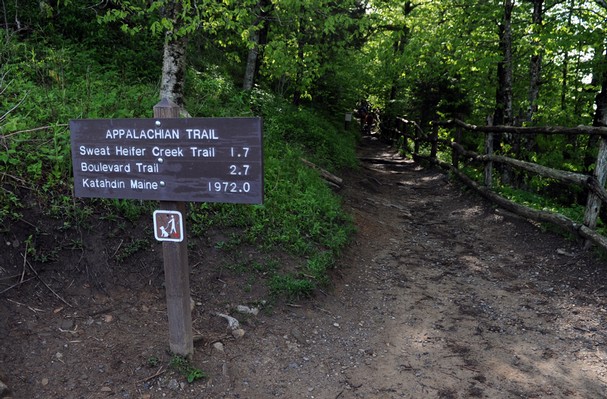
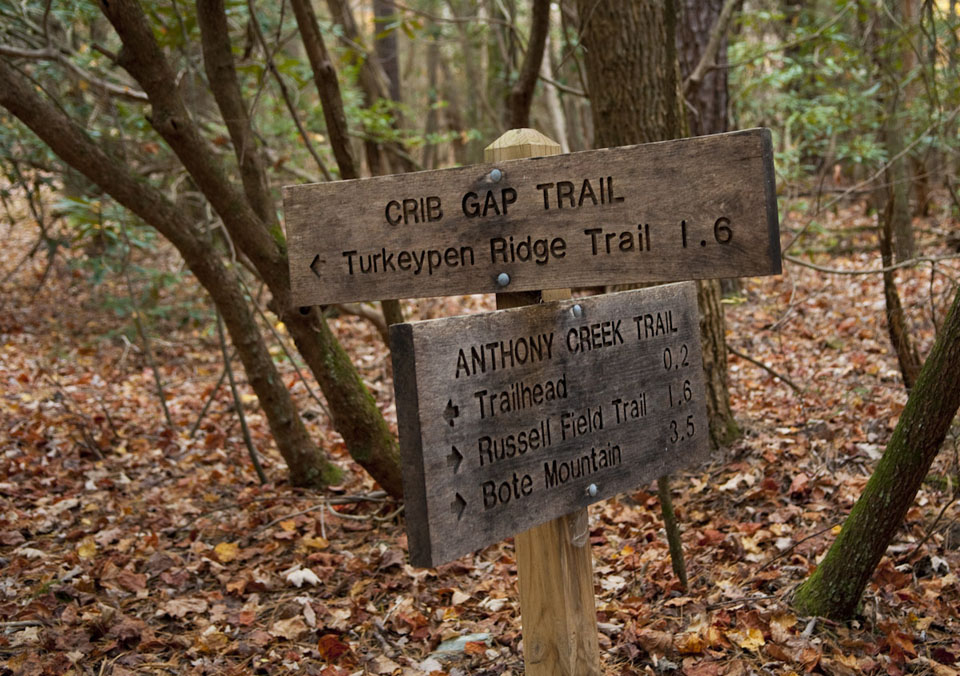
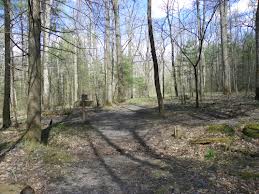 Starting out in the Cades Cove picnic area in Townsend, Tn, it’s a quick 0.2 mile walk along the Anthony Creek Trail to the Crib Gap Trail.
Starting out in the Cades Cove picnic area in Townsend, Tn, it’s a quick 0.2 mile walk along the Anthony Creek Trail to the Crib Gap Trail.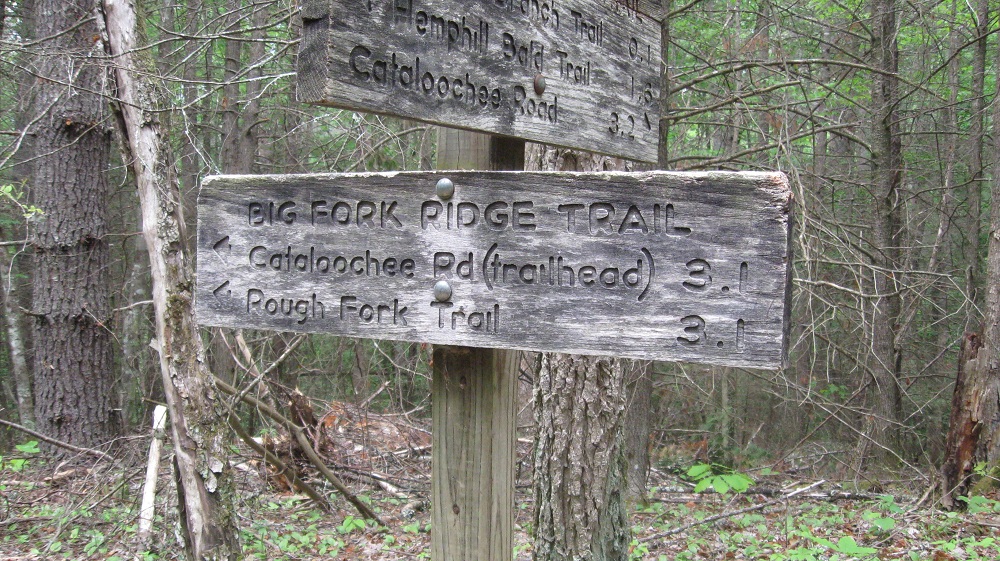
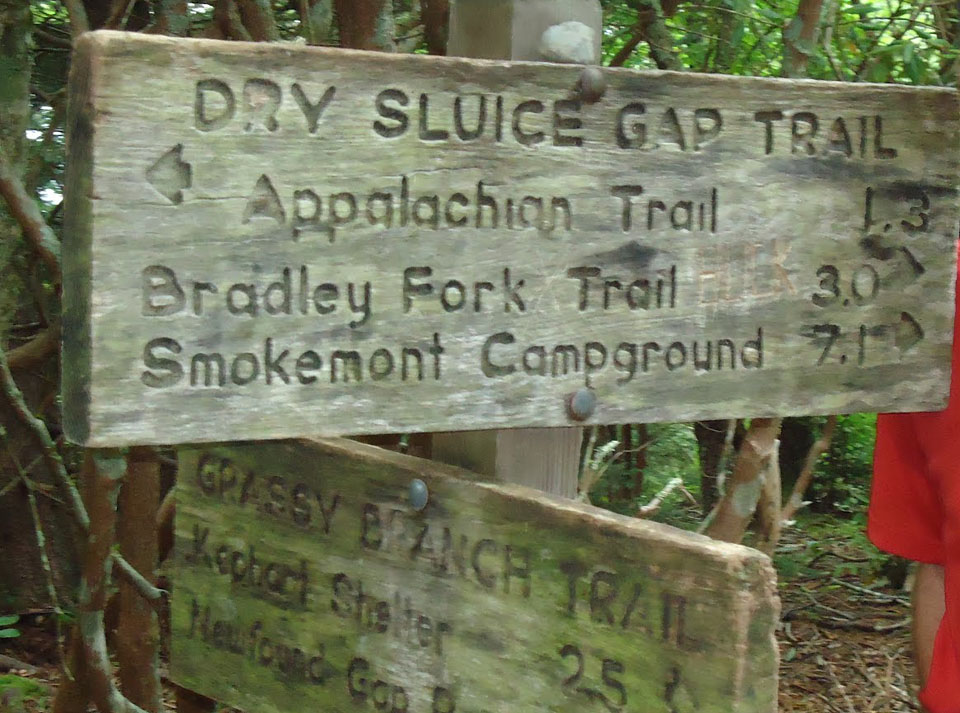
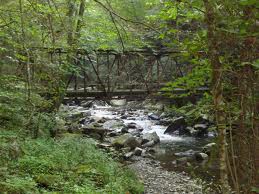 Starting out at Newfound Gap, you’ll hike a good 4.4 miles before reaching trail by way of the AT north east past Icewater Springs.
Starting out at Newfound Gap, you’ll hike a good 4.4 miles before reaching trail by way of the AT north east past Icewater Springs.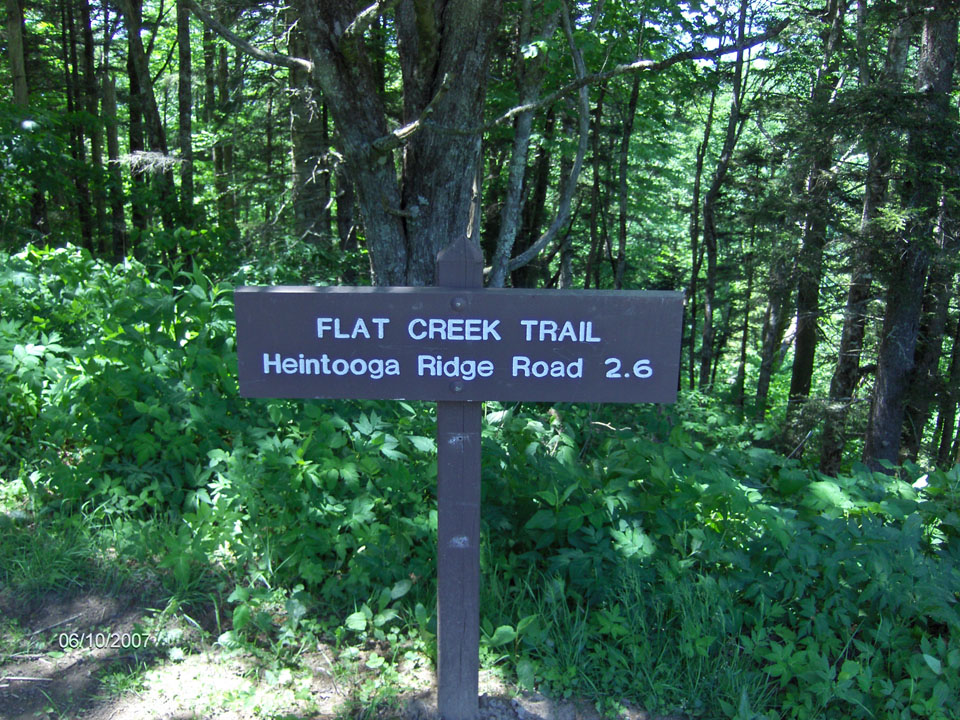
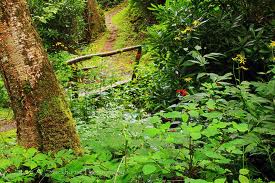 There are some great sights and lookouts along the way as well as a few stream crossings that are said to contain native brook trout along this trail, just off the Blue Ridge Parkway and past the Balsam Mountain Campground.
There are some great sights and lookouts along the way as well as a few stream crossings that are said to contain native brook trout along this trail, just off the Blue Ridge Parkway and past the Balsam Mountain Campground.